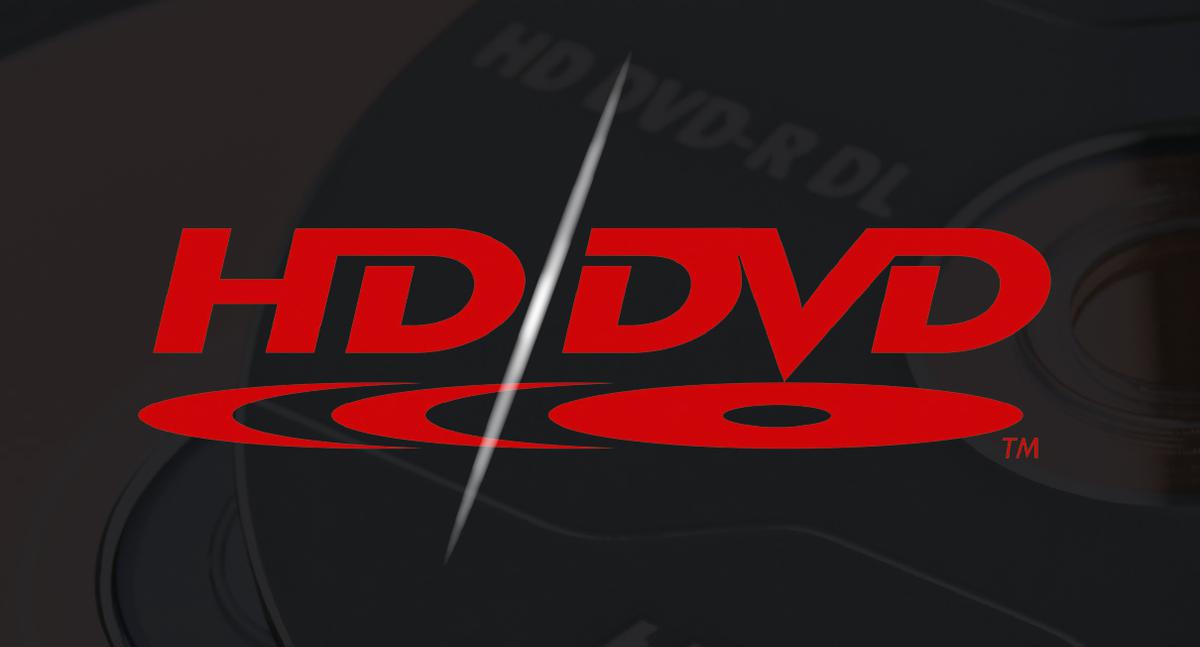Growing up in the late 1990s and early 2000s meant the advent of high definition television (HDTV). I remember seeing one and thinking that it was the pinnacle of development regarding televisions. CRT televisions were on their way out and being replaced by plasma TVs, and later on, the OLED TV. At the turn of the millennium, some questions were raised. How would content creators of various media (TV, film, and video games come to mind) harness this new technology, and how far could it go?
This all started in the late 1990s when HDTV began to hit the commercial market. However, like all new technologies, the prices were still out of the reach of the average consumer. Laser technology was being developed to increase the amount of data available on a CD, but legal hurdles delayed the introduction of blue laser diodes into the commercial market. Sony started two projects called Ultra Density Optical (UDO) and DVR Blue together with Philips. The DVR Blue eventually became the Blu-ray Disc. In 2002, the Blu-ray Disc association was founded.
The Sony-chaired DVD Forum, however, was conflicted over whether to use the blue laser diode-based Blu-ray or to find a cheaper alternative. The birth of HD DVD can be attributed to the support of major motion picture studio Warner Bros. and its allies in the DVD Forum, which compressed HD content onto dual-layer DVD-9 discs. Other members of the forum opted to use the blue-laser HD solution. Later that year, Toshiba and NEC announced the standard of the Advanced Optical Disc, which was later renamed HD DVD. Many industry analysts feared another format war, much like VHS and Betamax had in the late 1970s and early 1980s.

The HD DVD standard was backed by Toshiba, Memory-Tech Corporation, NEC, and Sanyo. However, unlike the VHS-Betamax format war, the Blu-ray Disc Association and the DVD Forum tried to negotiate a compromise with HD-DVD in 2005, but the negotiations failed due to technical difficulties such as physical format incompatibility (possibly arising from the use of blue laser diodes vs. a dual-layer DVD approach).
In 2006, Toshiba released a consumer-based HD DVD player in Japan for around JPY 110,000 (USD 934). It reached North American markets later that year with more affordable prices of USD 499 and USD 799 (by contrast, Blu-ray players were selling for nearly USD 1,000). Some of the first HD DVD titles released were
The Last Samurai, Million Dollar Baby, and the The Phantom of the Opera. By 2007, the price of HD DVD players dropped to below USD 100, and by early 2008 Toshiba reported that over one million HD DVD players were sold.
In 2008, Warner Bros., one of the original supporters of HD DVD, announced that it was phasing out support for HD DVD. This was due to the lack of sale of HD DVD titles. Netflix and Best Buy also announced that they would recommend Blu-ray discs over HD DVD. By March 2008, HD DVD machine production ceased entirely. Toshiba revealed that they lost nearly USD 1 billion due to the failure of HD DVD. In 2009, Warner Bros. offered to replace any HD DVD discs with Blu-ray discs for a fee in the United States.
Also published in GADGETS MAGAZINE July 2016 Issue
Words by Jose Alvarez
